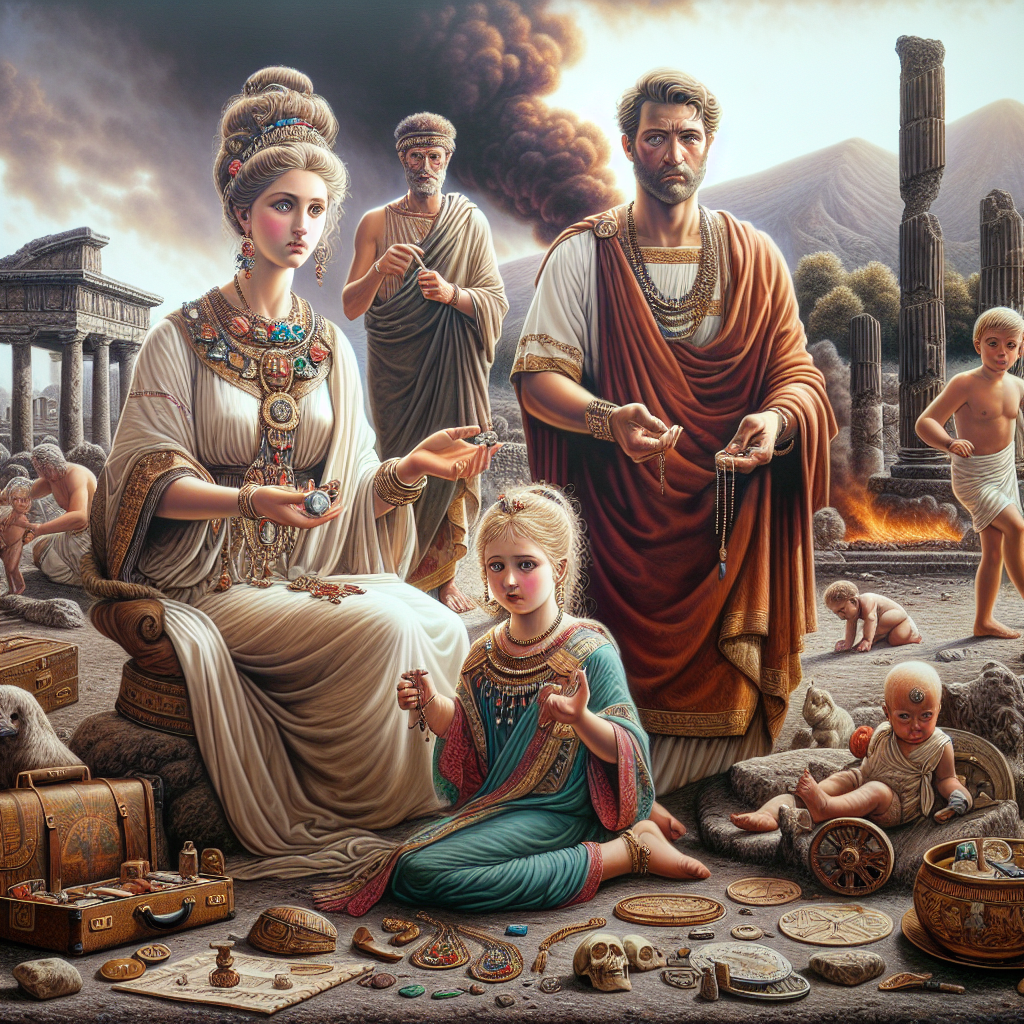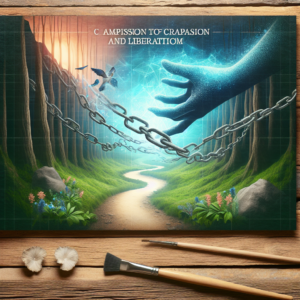Scientists Uncover Surprising Truths About Pompeii Victims: A Shifting Narrative in Ancient History
In a revelation that challenges centuries-old interpretations, researchers studying DNA from the plaster casts of victims of the Mount Vesuvius eruption in AD 79 have uncovered startling truths about the identities and relationships of those tragically frozen in time beneath the ash of Pompeii. Among the iconic scenes from the ruins is a family of four sheltering beneath a staircase, long believed to depict a mother, father, and their two children. However, new DNA analysis suggests that the figure traditionally identified as the mother is actually male, reshaping our understanding of this poignant moment in history.
Mount Vesuvius’ catastrophic eruption obliterated the Roman town of Pompeii, burying its inhabitants and preserving their remains in a haunting tableau that archaeologists would later reconstruct with plaster casts. The findings, published in the journal Current Biology, emerge from painstaking examinations conducted by scientists from Italy, Germany, and the U.S. They extracted ancient DNA from bone fragments mixed with plaster from 14 casts undergoing restoration, revealing markers that challenge previous assumptions about familial connections and identities.
Among the analyzed individuals were three of the four remains found at the foot of the staircase in the lavishly decorated House of the Golden Bracelet. Until now, the presence of jewelry on one of the adults led researchers to label this figure as the mother, with the other adult regarded as the father. However, genetic analysis has shown this individual was a man, with features indicative of dark skin and black hair. Furthermore, there is no genetic connection to the two boys found nearby, suggesting a shared lineage from different eastern Mediterranean or North African populations.
As discoveries unfold, the reinterpretation does not stop there. In another notable case, two figures found embracing in the House of the Cryptoporticus, once thought to be a mother-daughter or sister pair, have been confirmed to include a male, challenging assumptions made about physical closeness and relational ties.
“Jewelry does not inherently signify femininity, nor does an embrace automatically indicate a biological relationship,” the researchers noted, raising questions about how our understanding of ancient customs and relationships evolves with new evidence.
Prominent archaeologist Andrew Wallace-Hadrill remarked on the profound implications of the DNA analyses, stating, “This sort of new evidence turns some older interpretations—especially those based on rather romantic assumptions—on their head.” Meanwhile, Phil Perkins from the Open University posited that the findings highlight a broader picture of the peoples of Pompeii as a diverse community connected through migration and cultural exchange, rather than a monolithic Roman identity.
In a world where identities often shape narratives, these scientific insights remind us of the worth of every individual, echoing biblical principles of love and acceptance. As Matthew 22:39 teaches, “You shall love your neighbor as yourself,” the lives of these Pompeii victims, lost yet uncovered, beckon us to look beyond superficial labels and appreciate the complexities of humanity.
Amidst the historical recontextualization, we are invited to reflect on the broader spiritual message of interconnectedness. Just as the people of Pompeii represent a vibrant tapestry of origins and relationships, our own communities flourish when we embrace diversity and recognize the inherent value within each person. As we contemplate these findings, let us consider the legacy we uphold in our interactions and the narratives we choose to champion in our shared human experience. In doing so, we can deepen our appreciation for both our history and our shared humanity.
Explore and dig up answers yourself with our BGodInspired Bible Tools! Be careful – each interaction is like a new treasure hunt… you can get lost for hours 🙂


